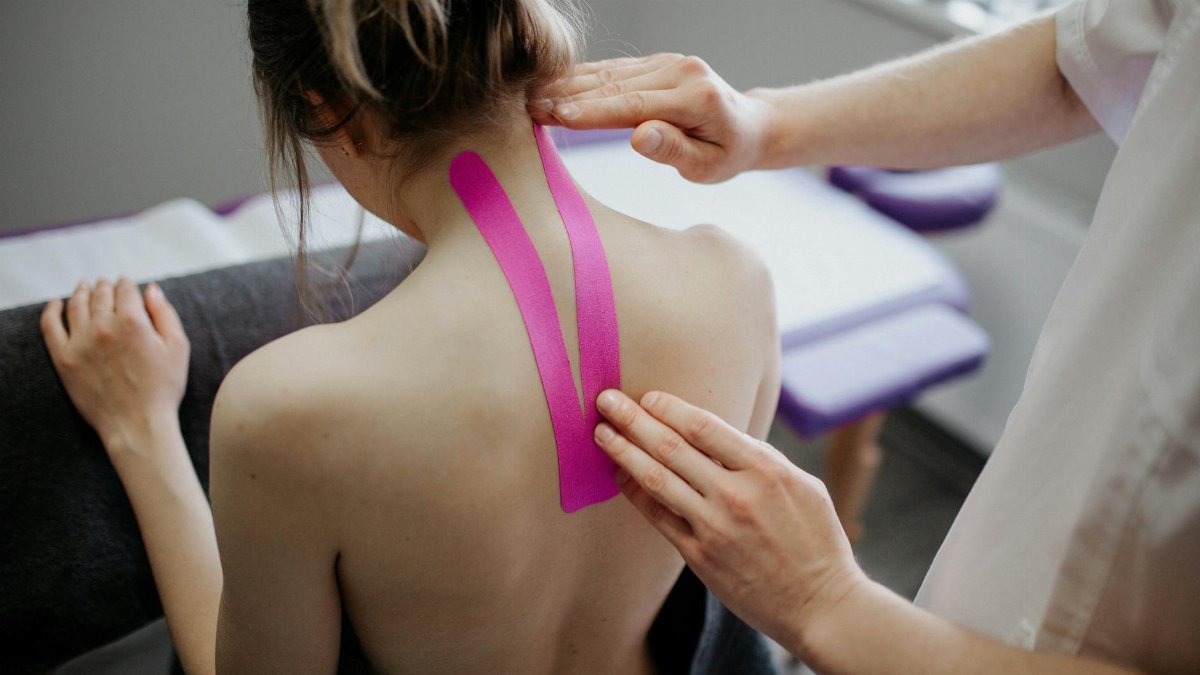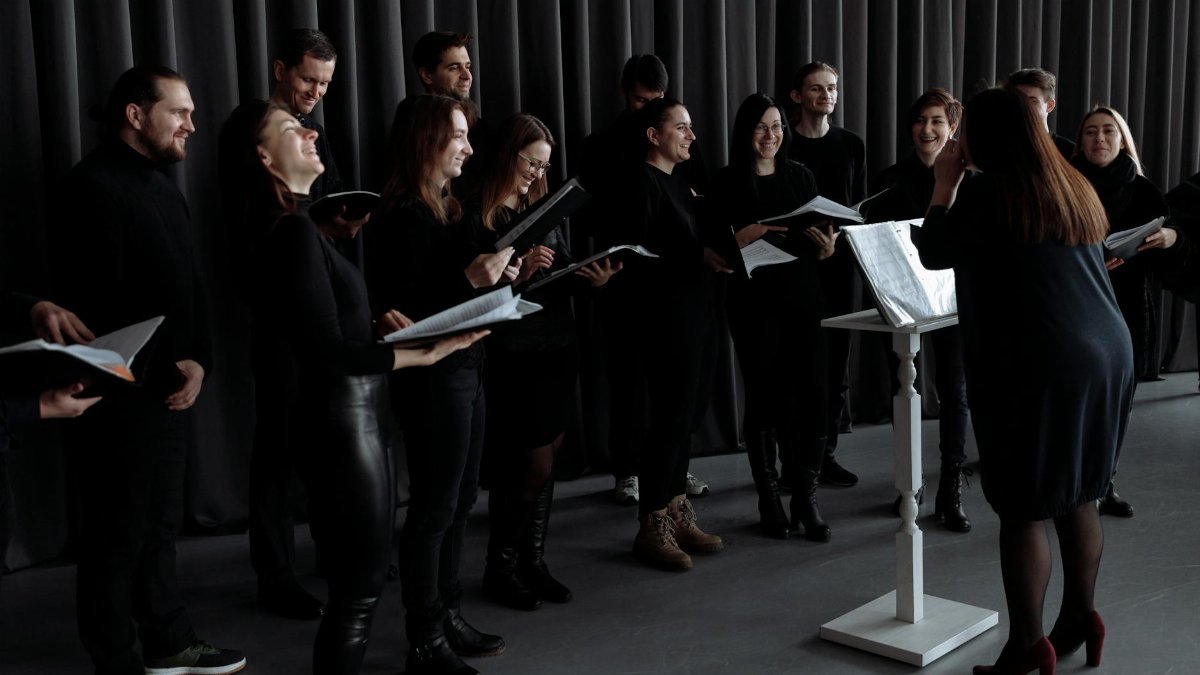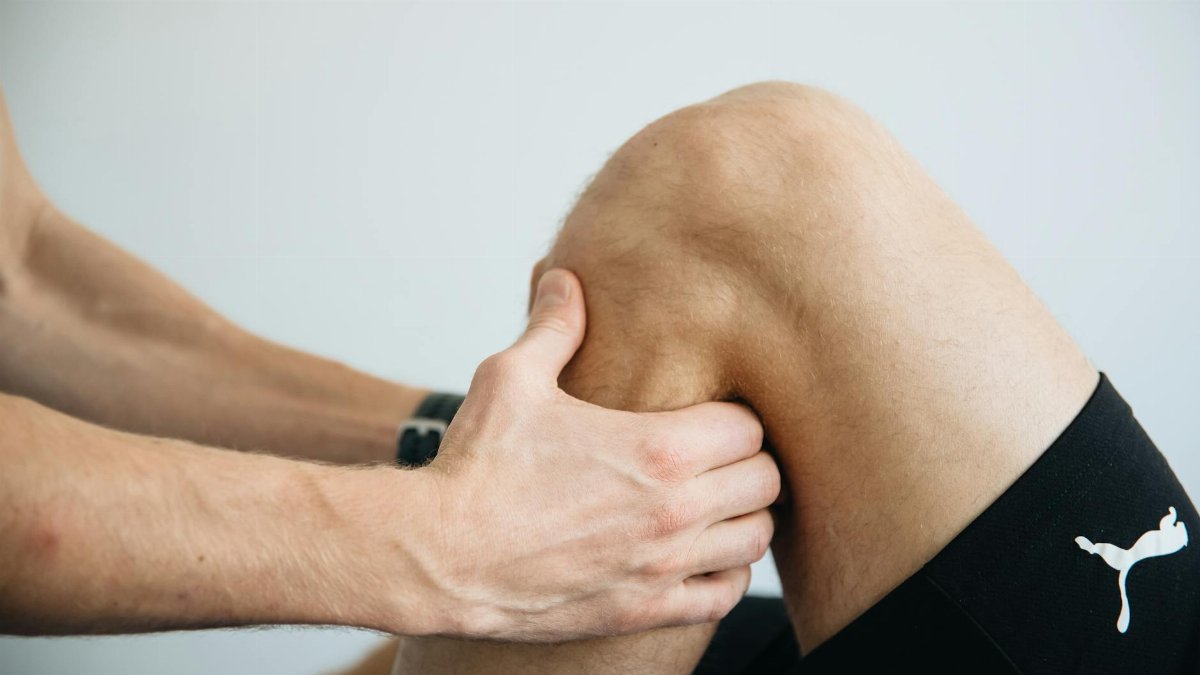Imagine a quiet morning in a small physical therapy clinic in suburban Chicago, where a group of middle-aged patients gathers, each nursing a familiar ache in their knees. They’re not here for the usual ice packs or exercises. Instead, a therapist positions a device emitting a soft red glow over their joints, promising relief through a process called photobiomodulation. This isn’t science fiction—it’s a growing approach to managing knee pain, particularly for those with osteoarthritis. Photobiomodulation, often referred to as low-level laser therapy, uses specific wavelengths of light to penetrate tissue, aiming to reduce inflammation and promote healing. For many Americans grappling with chronic joint pain, this non-invasive option is sparking curiosity and hope. Could this be a viable alternative to pills or surgery? The answer, as research and patient experiences suggest, is more nuanced than a simple yes or no.
What Is Photobiomodulation, Really?

At its core, photobiomodulation involves shining low-intensity light, typically in the red or near-infrared spectrum, onto targeted areas of the body. For knee pain, especially tied to osteoarthritis, the goal is to stimulate cellular repair and dial down inflammation. The light interacts with mitochondria—the powerhouses of cells—boosting energy production and triggering a cascade of biological effects. It sounds almost too futuristic, yet the concept isn’t new. Its roots trace back decades, with early experiments in the 1960s showing light’s potential to accelerate wound healing. Today, devices range from handheld units to larger clinical setups, and they’re increasingly accessible. A 2019 review in the journal Pain Research and Management notes that photobiomodulation can reduce pain and improve function in osteoarthritis patients, though results vary. It’s not magic, but a tool with promise.
What’s striking is how this therapy sidesteps the invasiveness of other treatments. No needles, no incisions—just light. Yet, skepticism lingers. Is it a placebo, or does the science hold up? That tension keeps both patients and clinicians searching for clarity.
The Science Behind the Glow

Dig into the research, and photobiomodulation’s effects on knee pain start to make sense. Studies suggest the light reduces inflammatory markers while increasing blood flow to damaged tissues. A 2020 meta-analysis published in Clinical Rehabilitation found that patients with knee osteoarthritis reported less pain and better mobility after consistent sessions. The therapy seems to work best when paired with exercise, not as a standalone fix. Researchers hypothesize that the light also encourages the release of endorphins, nature’s painkillers, though the exact mechanisms aren’t fully mapped out yet.
Still, the data isn’t unanimous. Some trials show minimal difference compared to sham treatments, highlighting a gap in standardized protocols. Wavelengths, durations, and device types differ wildly across studies. It’s a field ripe for more rigorous exploration, especially as demand grows in 2025.
Who’s Turning to This Therapy?

Walk into a clinic offering photobiomodulation, and you’ll likely meet people like a 58-year-old retired teacher from Ohio, wincing as she describes years of knee pain from osteoarthritis. She’s tried cortisone shots and physical therapy with limited success. “I just want to walk my dog without dreading every step,” she admits during a session, as the red light hums over her joint. Her story echoes a broader trend. Middle-aged and older adults, often wary of surgery or weary of medication side effects, are increasingly curious about alternatives. The National Institute of Arthritis and Musculoskeletal and Skin Diseases estimates over 32 million Americans live with osteoarthritis, many seeking non-traditional options ( NIAMS ).
This demographic isn’t just following fads. They’re driven by necessity—knees that creak during a simple stair climb, or mornings stiff with discomfort. Photobiomodulation offers a glimmer of control, a way to address pain without popping another pill.
Practical Realities of Treatment

So, what does getting photobiomodulation for knee pain actually look like? Sessions typically last 10 to 20 minutes, often two to three times a week for several weeks. Some clinics use professional-grade lasers, while others offer LED-based devices, which are less intense but more affordable. Costs vary—anywhere from $50 to $150 per session, with at-home devices available for purchase between $200 and $1,000. Insurance rarely covers it, labeling it experimental, though that could shift as evidence mounts. A report from the Agency for Healthcare Research and Quality underscores the need for more cost-effectiveness studies to sway policymakers.
Patients often describe a subtle warmth during treatment, nothing dramatic. But consistency matters. Miss sessions, and the benefits may fade. It’s not a quick fix—it’s a commitment, much like rehabbing an injury through slow, steady effort.
Challenges and Doubts in the Field

Not everyone’s sold on photobiomodulation for knee pain. Critics point to inconsistent study results and a lack of FDA approval for many devices specifically for osteoarthritis. There’s also the risk of overhype—some manufacturers market at-home units with bold claims that outpace the evidence. A clinician in Denver recently shared frustration over patients expecting instant miracles. “It’s a tool, not a cure,” he emphasized, adjusting a device for a client. His caution reflects a broader concern: without standardized guidelines, outcomes remain unpredictable.
Then there’s the placebo question. Pain is subjective, and belief in a treatment can shape perception. Are patients feeling better because of cellular changes, or because they want to believe? That uncertainty keeps the therapy on the fringes of mainstream care, even as interest spikes.
Voices from the Community

Beyond the clinics and research papers, real stories add texture to the conversation. Online discussions often reveal a mix of hope and hesitation around photobiomodulation for knee pain. One anonymous account shared recently described a sense of relief after weeks of at-home treatment—“like the ache dialed down a notch”—but worried about the cost adding up. These personal takes, while not scientific, highlight a shared yearning for solutions that don’t involve a surgeon’s scalpel or a pharmacy run. They also underscore a gap: many feel left to navigate this therapy alone, piecing together advice from forums and trial-and-error.
Such voices remind us that knee pain isn’t just a medical issue. It’s a barrier to life’s small joys—gardening, playing with grandkids, or simply moving without wincing. That emotional weight drives the search for options like this one.
Looking Ahead with Cautious Optimism

As photobiomodulation gains traction, its role in managing knee pain could evolve. Researchers are pushing for larger, more controlled trials to nail down optimal protocols. Clinicians, meanwhile, hope for clearer regulations to weed out dubious devices. For patients, the appeal lies in its gentleness—a contrast to the harshness of other interventions. Yet, it’s not a replacement for proven treatments like physical therapy or, in severe cases, surgery. It’s more of a complement, a piece of a larger puzzle.
What’s clear in 2025 is that chronic knee pain remains a pervasive challenge, and Americans are hungry for innovation. Photobiomodulation might not be the ultimate answer, but it’s carving out a space in the conversation. For those willing to try, it offers a flicker of possibility—less a cure, more a step toward reclaiming ease of movement. And for many, that’s enough to keep the light on.

As an education professional with a background in Biology and Physics, Dr. Christoph Weber is the analytical heart of Fulfilled Humans. He ensures every piece of content is insightful and grounded in credible knowledge.
Disclaimer
The content on this post is for informational purposes only. It is not intended as a substitute for professional health or financial advice. Always seek the guidance of a qualified professional with any questions you may have regarding your health or finances. All information is provided by FulfilledHumans.com (a brand of EgoEase LLC) and is not guaranteed to be complete, accurate, or reliable.
